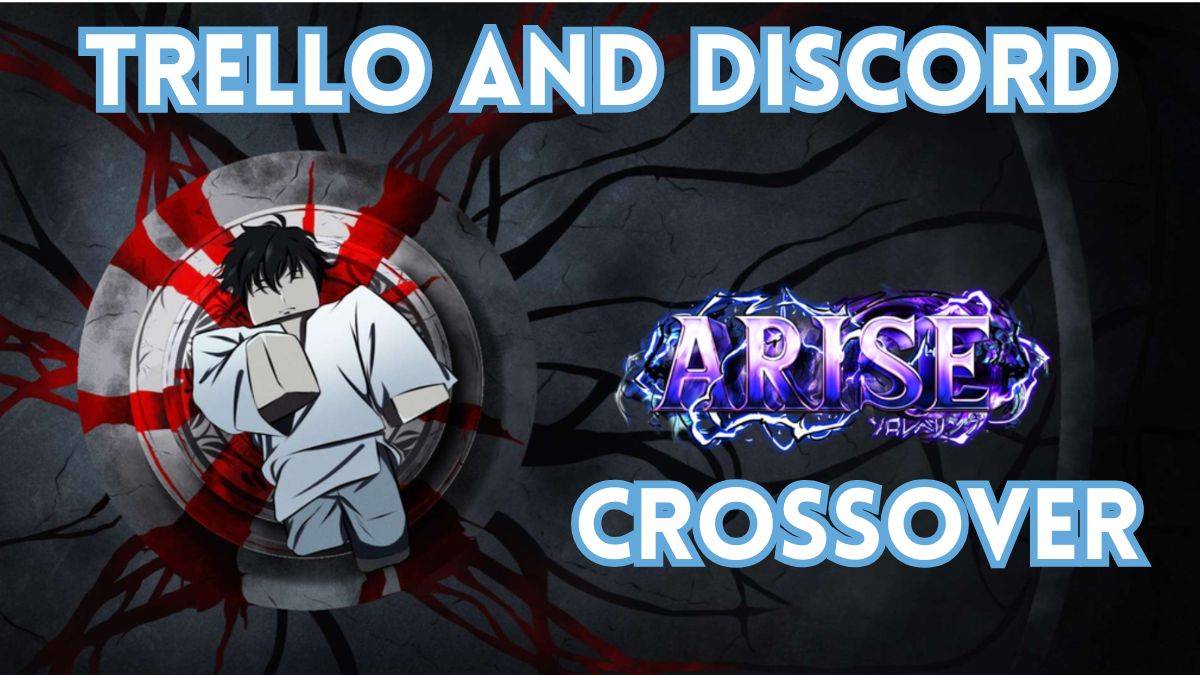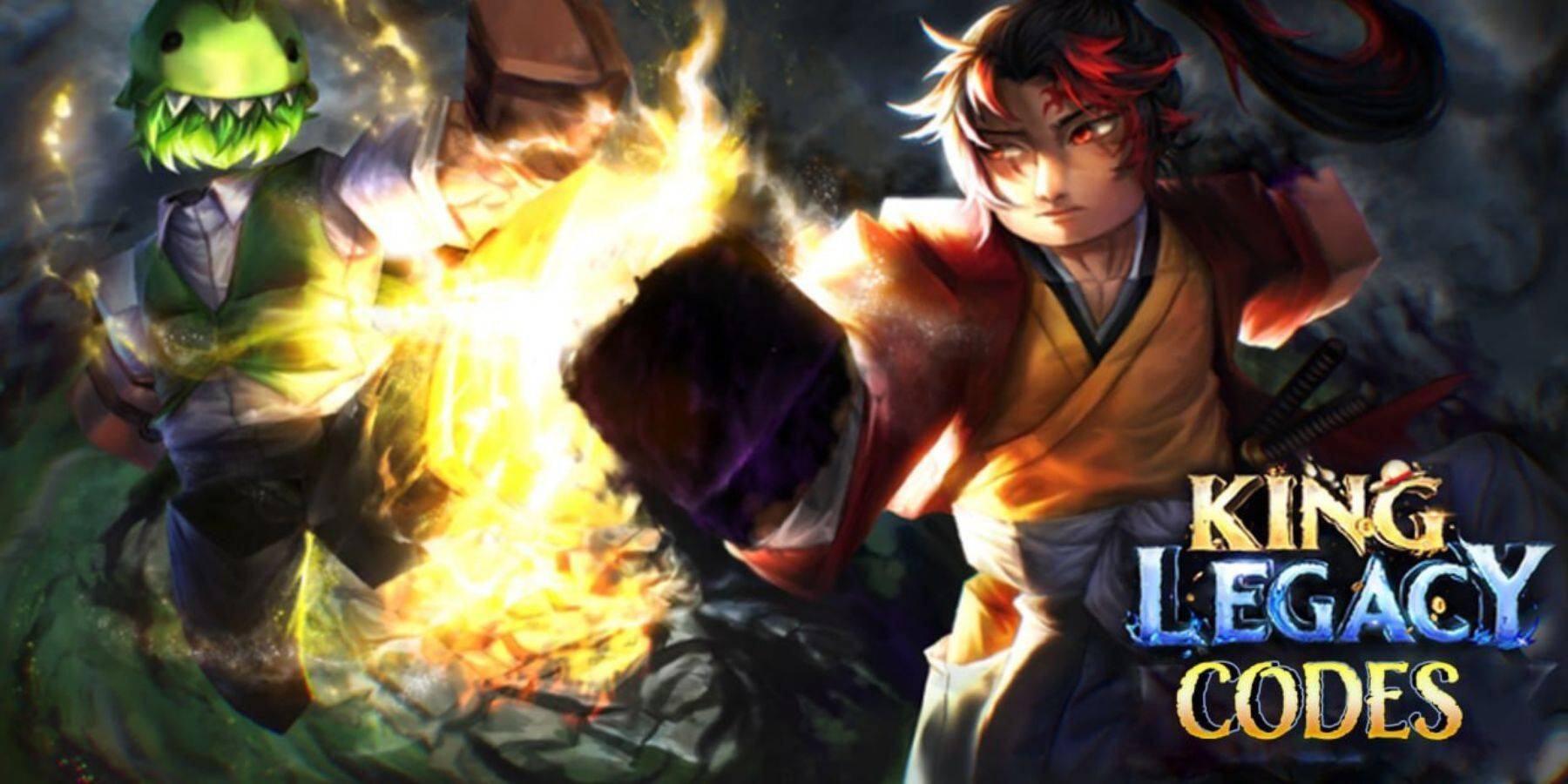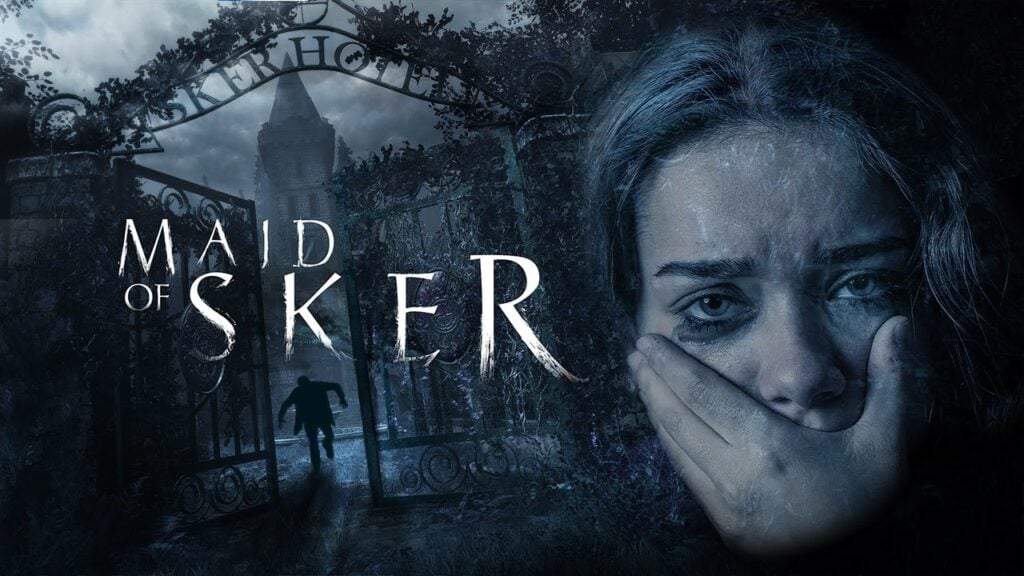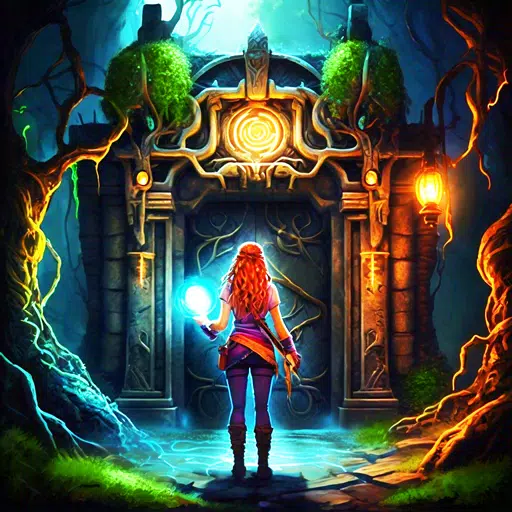"Assassin's Creed: 10 Historical Changes"
Ubisoft has once again activated the Animus, this time transporting us to Japan's Sengoku Period with Assassin's Creed Shadows. The game introduces us to historical figures from 1579, including Fujibayashi Nagato, Akechi Mitsuhide, and Yasuke, the African samurai who served Oda Nobunaga. As with previous entries in the series, these characters are intricately woven into a narrative that blends fact with fiction, exploring themes of revenge, betrayal, and murder. While the game humorously suggests that Yasuke had to kill everyone to gather enough XP for a gold-tier weapon, it's a playful nod to the series' blend of history and gaming mechanics.
Assassin's Creed is renowned for its historical fiction, crafting stories that fill historical gaps with tales of science fiction and conspiracy. The series delves into the saga of a secret society aiming to control the world using the mystical powers of a pre-human civilization. Ubisoft's open-world environments are meticulously researched and rooted in history, yet it's crucial to recognize that these games are not history lessons. The developers often alter historical facts to enhance the storytelling, creating a rich tapestry of alternate history.
Here are ten notable instances where Assassin's Creed has creatively rewritten history:
The Assassins vs Templars War

The central conflict between the Assassins and Templars is a cornerstone of the series, yet there is no historical evidence to support such a war. The Assassins were established in 1090 AD, and the Templars in 1118, both disbanding around 1312. The notion of a centuries-long feud between these groups is purely fictional, inspired by conspiracy theories surrounding the Knights Templar. The only historical overlap was during the Crusades, which only the first Assassin's Creed game accurately reflects.
The Borgias and their Superpowered Pope

In Assassin's Creed 2 and Brotherhood, Ezio's battle against the Borgia family is central. Rodrigo Borgia, who becomes Pope Alexander VI, is portrayed as the Grand Master of the Templar Order. However, the Templars did not exist in the late 1400s, and the Borgias' quest for the Apple of Eden and a god-like pope is entirely fictional. While the Borgias were historically controversial, Ubisoft's portrayal exaggerates their villainy, particularly with Cesare Borgia's depiction as an incestuous psychopath, which lacks historical evidence.
Machiavelli, Enemy of the Borgias

Assassin's Creed 2 and Brotherhood depict Niccolò Machiavelli as Ezio's ally and leader of the Italian Assassin's Bureau. However, Machiavelli's real-life philosophies and actions suggest he would not align with the Assassins' anti-authoritarian stance. He viewed Rodrigo Borgia as a successful con man and respected Cesare Borgia as a model ruler, contradicting the game's narrative of him as an enemy of the Borgias.
The Incredible Leonardo da Vinci and his Flying Machine

Assassin's Creed 2 showcases a strong portrayal of Leonardo da Vinci's charisma and wit. However, the game alters his timeline, moving him from Florence to Venice in 1481 to align with Ezio's story, whereas he actually moved to Milan in 1482. While da Vinci's designs for machines like the tank and machine gun are brought to life in the game, there's no evidence they were ever built. The flying machine used by Ezio, inspired by da Vinci's sketches, is a creative liberty, as there's no record of such a machine ever flying.
The Bloody Boston Tea Party

The Boston Tea Party, a pivotal event in the American Revolution, was historically a non-violent protest. In Assassin's Creed 3, however, protagonist Connor turns it into a violent confrontation, killing British guards while others dump tea. The game also suggests Samuel Adams orchestrated the event, despite historians' uncertainty about his involvement. Ubisoft's depiction transforms a peaceful protest into a dramatic, action-packed scene.
The Lone Mohawk

Assassin's Creed 3's protagonist, Connor, a Mohawk, fights alongside the Patriots against the British, contrary to historical alliances where the Mohawk supported the British. This scenario was debated by historians as unlikely, though inspired by figures like Louis Cook, a Mohawk who fought with the Continental Army. Connor's story explores the "what if" scenario of a Mohawk aligning with the Patriots, adding depth to the narrative.
The Templar Revolution

Assassin's Creed Unity's portrayal of the French Revolution suggests a Templar conspiracy behind the event, which historically resulted from natural causes like famine and poor harvests. The game simplifies the revolution to the Reign of Terror, ignoring its broader context and complexity. This narrative implies the French monarchy and aristocracy were victims rather than contributors to the revolution's causes.
The Controversial Killing of King Louis 16

In Assassin's Creed Unity, the execution of King Louis 16 is depicted as a close vote swayed by a Templar, suggesting controversy over his death. In reality, the vote was a clear majority in favor of execution. The game also downplays the King's attempt to flee to Austria, which worsened his reputation and contributed to his treason charges. Unity's portrayal softens the view of the French aristocracy, neglecting the true causes of the revolution.
Jack the Assassin

Assassin's Creed Syndicate reimagines Jack the Ripper as a rogue Assassin who takes over the London Brotherhood. In the game, he becomes a criminal overlord, with Jacob Frye's sister, Evie, ultimately stopping his reign of terror. This narrative twist leverages the mystery surrounding the real Jack the Ripper, whose identity and victim count remain unknown.
The Assassination of the Tyrant Julius Caesar

Assassin's Creed Origins reinterprets Julius Caesar's assassination, portraying him as a proto-Templar whose death prevents global tyranny. Historically, Caesar was a popular leader who advocated for land redistribution to the poor. The game's depiction of his assassination as a victory against tyranny is ironic, as it led to the collapse of the Roman Republic and the rise of the Empire, contrary to the conspirators' goals.
The Assassin's Creed series meticulously crafts its worlds with authentic historical elements, yet these are often creatively altered for storytelling. This is the essence of historical fiction, not a documentary. What are your favorite examples of Assassin's Creed bending the truth? Share them in the comments below.
-
1

Arise Crossover Trello and Discord
Mar 16,2025
-
2

Sakamoto Puzzle Unravels in Japan
Jan 27,2025
-
3

Slither, Compete and Outlast Your Opponents in New Game Snaky Cat
Feb 26,2025
-
4

Roblox King Legacy: December 2024 Codes (Updated)
Dec 24,2024
-
5

Roblox Forsaken Characters Tier List (2025)
Feb 25,2025
-
6

Eighth Era celebrates 100,000 downloads with a limited-time Era Vault event
Mar 17,2025
-
7

Google Play Awards 2024 winners include Squad Busters, Honkai: Star Rail, and more
Jan 09,2025
-
8

Select Quiz lets you test your knowledge across multiple topics
Mar 17,2025
-
9

Roblox: DOORS Codes (January 2025)
Jan 07,2025
-
10

Animal Crossing: Pocket Camp Complete - Where to Farm Snacks
Jan 08,2025
-
Download

Magnet Hero
Action / 45.6 MB
Update: Feb 11,2025
-
Download

Bulma Adventure 2
Casual / 57.55M
Update: Mar 09,2024
-
Download

!Ω Factorial Omega: My Dystopian Robot Girlfriend
Casual / 245.80M
Update: Sep 10,2024
-
4
FrontLine II
-
5
ALLBLACK Ch.1
-
6
IDV - IMAIOS DICOM Viewer
-
7
Escape game Seaside La Jolla
-
8
Color of My Sound
-
9
beat banger
-
10
Mr.Billion: Idle Rich Tycoon














